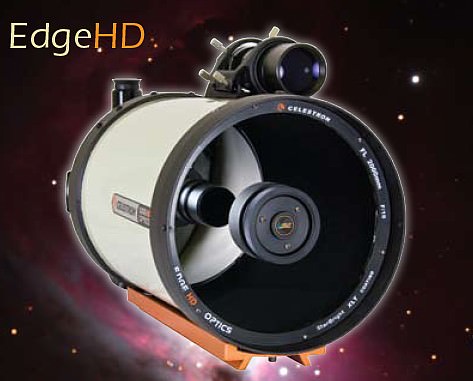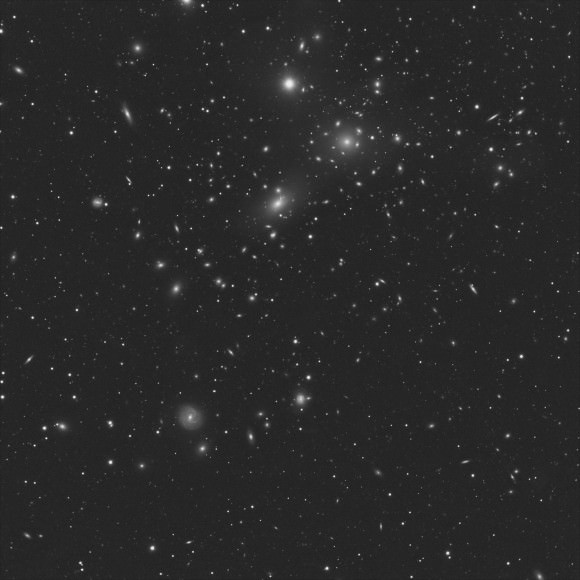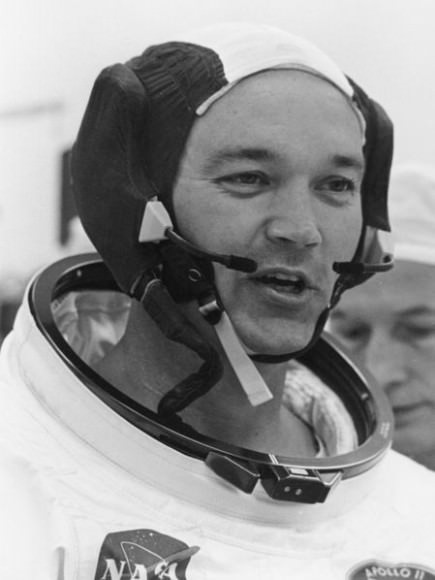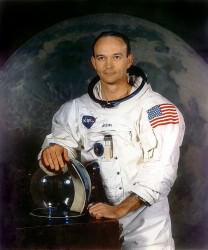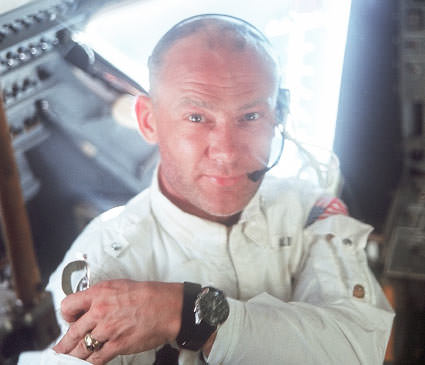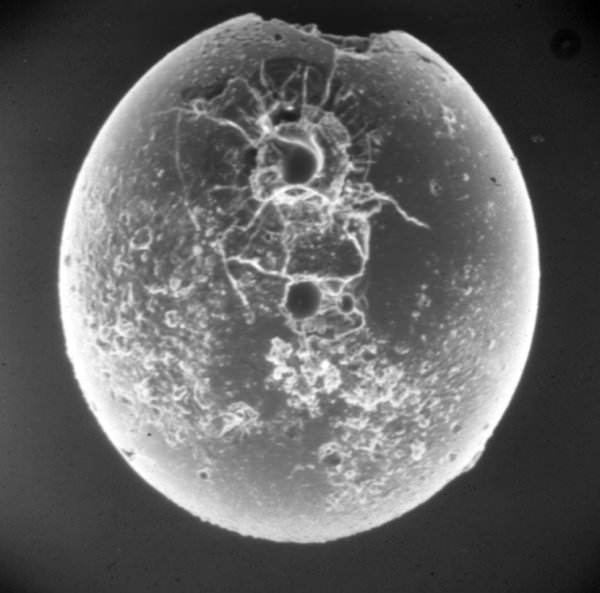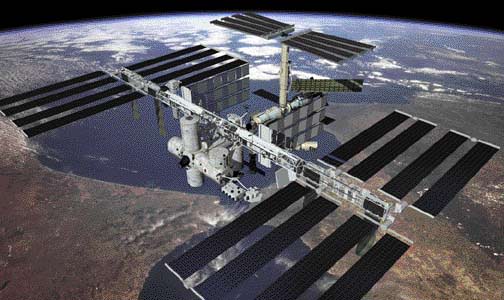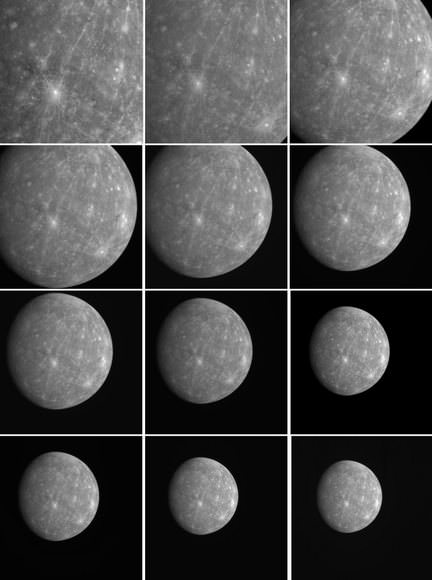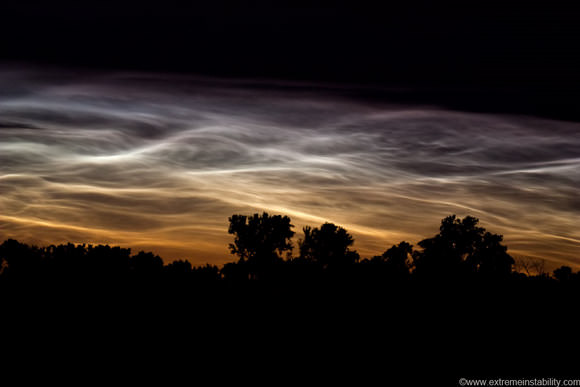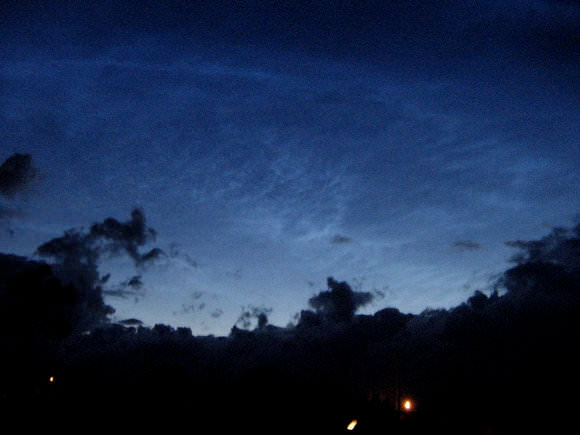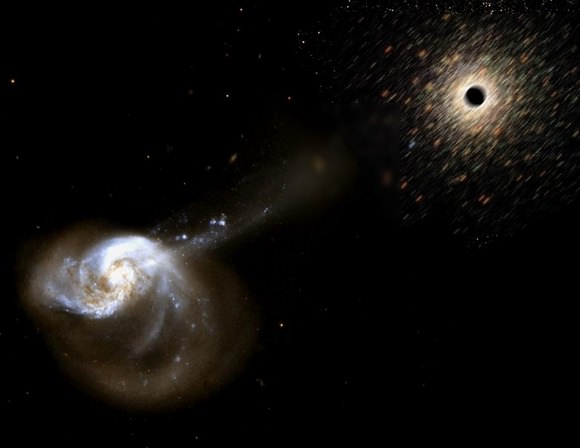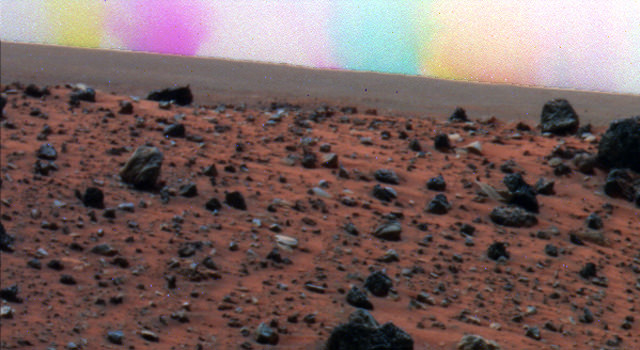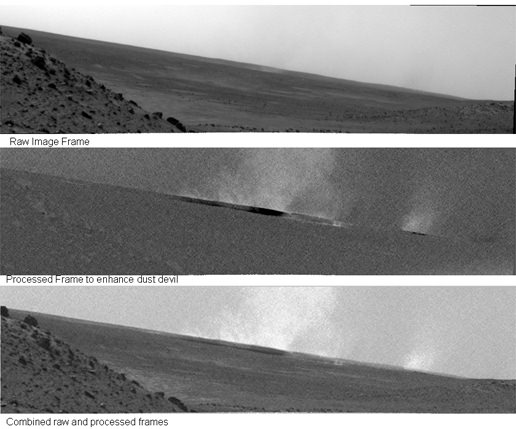In this new generation of everything high def – from computer screen to televisions – is it possible to create a high definition telescope? The answer is yes… And the designer is Celestron. As always, I keep my eyes and ears open when it comes to the latest in astronomy equipment. While I’ve seen a lot of things come and go over the years (including other Ritchey-Chretien and astrograph knock-offs), the Celestron EdgeHD is a design that I think really deserves a closer look…
 First let’s start the story off where it deserves to be started… the basic Schmidt Cassegrain design. Some four decades ago, the SCT was cutting edge technology. Its predecessor the Cassegrain, used a primary concave mirror and a secondary hyperbolic convex mirror to focus the light back through the hole in the primary to the eyepiece or camera. The Schmidt design allowed for a corrector plate to be added to the optical path to help eliminate spherical aberrations – the increased refraction or reflection of the light rays when they strike near the mirror’s edge. This produced great flat-field images and long focal lengths in an extremely compact design – but it also introduced a very expensive telescope. One the average consumer couldn’t afford.
First let’s start the story off where it deserves to be started… the basic Schmidt Cassegrain design. Some four decades ago, the SCT was cutting edge technology. Its predecessor the Cassegrain, used a primary concave mirror and a secondary hyperbolic convex mirror to focus the light back through the hole in the primary to the eyepiece or camera. The Schmidt design allowed for a corrector plate to be added to the optical path to help eliminate spherical aberrations – the increased refraction or reflection of the light rays when they strike near the mirror’s edge. This produced great flat-field images and long focal lengths in an extremely compact design – but it also introduced a very expensive telescope. One the average consumer couldn’t afford.
Enter Celestron…
In 1970 Celestron telescope designers and engineers announced a revolutionary method of producing Schmidt-Cassegrain telescopes at a reasonable cost and in volume. This optical breakthrough was incorporated in the first Celestron C8. The popularity of the C8 Celestron telescope in the consumer marketplace led to the C5 Celestron telescope and then to larger versions, including an 11″ and 14″ telescope. The “orange tube” telescopes became an instant classic and many of them are still in use today… But the design could be a little bit better, couldn’t it? Yeah. It could be aplanatic.
Aplanatic telescopes can be designed with two aspheric mirrors, configured to correct spherical and coma aberrations – a design which minimizes astigmatism and can be optimized to have no vignetting across the field. What’s more, the aplantic design also allows for a significant reduction in scale sizes when it comes to astrophotography, making them extremely compatible with finely-pixilated modern imaging equipment, like CCD cameras. But that would also make it very expensive wouldn’t it? Yeah… It would. But still, that design could get a little bit better couldn’t it? Sure. It could be an astrograph!
In this case, the astrograph is a telescope designed for the sole purpose of astrophotography. Not so great if you want to use it visually… But just dandy if you’re interested in wide field surveys of the night sky. It’s a pure research grade telescope – designed to work in conjunction with a specific shaped photographic plate or CCD detector. With an astrograph you could work on things like astrometry, stellar classifications and, with time, even proper motion of nearby stars. An astrograph means the possibility of finding things like asteroids, meteors, comets, variable stars, nova, and even unknown planets. But an astrograph means you’re talking about a mighty expensive telescope, right? Right.
Enter Celestron…
Just like 40 years ago when Celestron revolutionized the affordability factor of the Schmidt-Cassegrain design (once also the domain of researchers only), they are about to revolutionize amateur astronomy once again by giving the world its very first high definition telescope – the Celestron EdgeHD.
Is Celestron making promises it can’t keep? Let’s take a look at the track record of some major telescope manufacturers.
It hasn’t been that long since Meade also introduced a similar design telescope known as the ACF, or Advanced Coma Free. It was a knock-off of the Ritchey-Chretien design, and supposedly free of third-order coma and spherical aberration, and heavily advertised as being as the same design as the Hubble Space Telescope. Well, we all know what happened right off the bat with the Hubble, don’t we? Darn right. One little wrong tweak in the optical design led to a major Hubble error and one wrong move in poorly executed RCT design will lead to fifth-order coma, severe large-angle astigmatism, and comparatively severe field curvature.
When companies compete with comparative design models for the consumer, they’re putting out a lot of advertising hype your way. But let’s cut to the chase. Two companies… Both produced a sky navigation product – one failed and one endured. Which one? Yeah. The Celestron SkyScout. You’re getting the picture. Let’s take our own IYA Live Telescope as another example. The Meade ETX lasted through 28 observations and I have a Celestron 114 that’s 22 years old and I can’t even begin to fathom how many times it’s been used. Try calling or writing the companies for customer service or questions… See which one answers you and which one doesn’t.
Will the Celestron EdgeHD telescope be all that? The image you see here was taken by Andre Paquette using Celestron EdgeHD Optics. I’ve examined it upside down, backwards, forwards and from edge to edge… and what I see are perfect stellar images. (Open the full-sized image and check it out yourself. You’ll be impressed!)
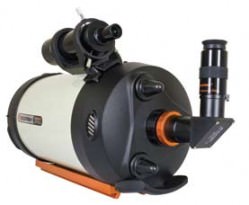 Celestron promises the light becomes more concentrated when focused precisely. This maximizes image brightness, improves resolution and limiting magnitude when compared to telescopes of equal aperture. I know for a fact that you can’t beat Celestron’s Starbright XLT coatings, because I’ve never had to recoat a Celestron mirror yet. I look at the modern ergonomic design and I don’t see “cool” the same way as others… I see a self contained unit that isn’t going to be dragging or snagging on things – one with cooling vents located on the rear cell allow hot air to be released from behind the primary mirror. I see a telescope that’s going to perform incredibly in both visual and photographic capabilities…
Celestron promises the light becomes more concentrated when focused precisely. This maximizes image brightness, improves resolution and limiting magnitude when compared to telescopes of equal aperture. I know for a fact that you can’t beat Celestron’s Starbright XLT coatings, because I’ve never had to recoat a Celestron mirror yet. I look at the modern ergonomic design and I don’t see “cool” the same way as others… I see a self contained unit that isn’t going to be dragging or snagging on things – one with cooling vents located on the rear cell allow hot air to be released from behind the primary mirror. I see a telescope that’s going to perform incredibly in both visual and photographic capabilities…
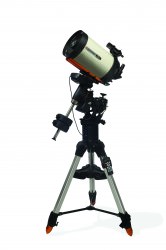 So where’s the bottom line? The cost. Don’t start selling your gold dental fillings or thinking about taking out a second mortgage on your home, because Celestron has done it again. Just like so many years ago when they made the SCT affordable to backyard astronomers, they are now putting cutting edge, research grade design telescopes into the realm of possible. The average price is only about 1/3 more for the optical tube assembly than a standard SCT and it gets even lower as the aperture goes up. If you need the complete telescope package with a mount and tripod? Sure. It’s expensive – but the high quality of the mount is what you’re paying for and it’s worth it. (Remember two little telescopes – one that lasted through 28 observations and one that’s still going strong after 22 years.) What kind of faith do I have in Celestron? The same faith I’ve always had. Every Celestron product I’ve purchased over the years is still functioning… and the same cannot be said of other “M”anufacturers.
So where’s the bottom line? The cost. Don’t start selling your gold dental fillings or thinking about taking out a second mortgage on your home, because Celestron has done it again. Just like so many years ago when they made the SCT affordable to backyard astronomers, they are now putting cutting edge, research grade design telescopes into the realm of possible. The average price is only about 1/3 more for the optical tube assembly than a standard SCT and it gets even lower as the aperture goes up. If you need the complete telescope package with a mount and tripod? Sure. It’s expensive – but the high quality of the mount is what you’re paying for and it’s worth it. (Remember two little telescopes – one that lasted through 28 observations and one that’s still going strong after 22 years.) What kind of faith do I have in Celestron? The same faith I’ve always had. Every Celestron product I’ve purchased over the years is still functioning… and the same cannot be said of other “M”anufacturers.
Go on… Take a look at the Celestron EdgeHD for yourself! You’ll find much more information and illustrations at the Celestron EdgeHD Tour pages, and you can take a look at pricing, specifications, and other information through Celestron’s premier dealers such as OPT, telescopes.com, Scope City, High Point, Hands On Optics, Astronomics and Adorama.
What will they think of next??

